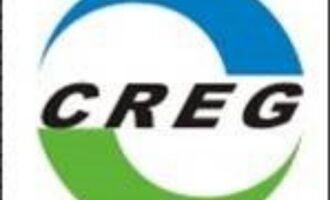The fastest way to check flash point has just become easier too…..
Flash point testing is performed in a wide range of industries to assist the rapid classification of potentially hazardous substances. Storage, transport and disposal charges are based on the flammability of the product and hazard classification is a legal requirement to warn of potential risk and to ensure correct handling precautions are taken.
Changes in flash point can also indicate that a sample may have been contaminated or adulterated. For example, the flash point of in-service lubricants is monitored as a measure of contamination by engine fuels, a common criteria which reduces lubricity and can lead to mechanical failures and servicing issues. Applications include ships, power turbines and construction and mining machinery.
The new range of Setaflash Series 3 instruments make flash point testing something that even those with minimum operator experience can quickly and reliably perform. Compact and ruggedly designed, the instruments are suitable for laboratory or portable tests and ideal for use where space is limited.
The new instrument features a very simple user interface with colour digital display and touch screen icons which guide the operator through a straightforward testing process. Using Stanhope-Seta’s latest technology, a test typically takes less than 2 minutes to perform requiring just 2ml of test sample which keeps wastage and costs to a minimum.
For easy record keeping the instrument has a 1GB memory which stores up to 100,000 test results, these can be transferred via a USB for data analysis or printing from a computer.
The new Setaflash instruments are designed to provide users with a cost-effective and simple way to perform flash points tests in-house, avoiding the expense and delay of outsourcing this service.
About Stanhope-Seta: Stanhope-Seta design and manufacture quality control instruments used to measure the physical characteristics that determine product quality and consistency. Seta instruments are used by many diverse industries including oil refining, petrochemical, lubricants, pharmaceutical, food, cosmetics, plastics and transport.









